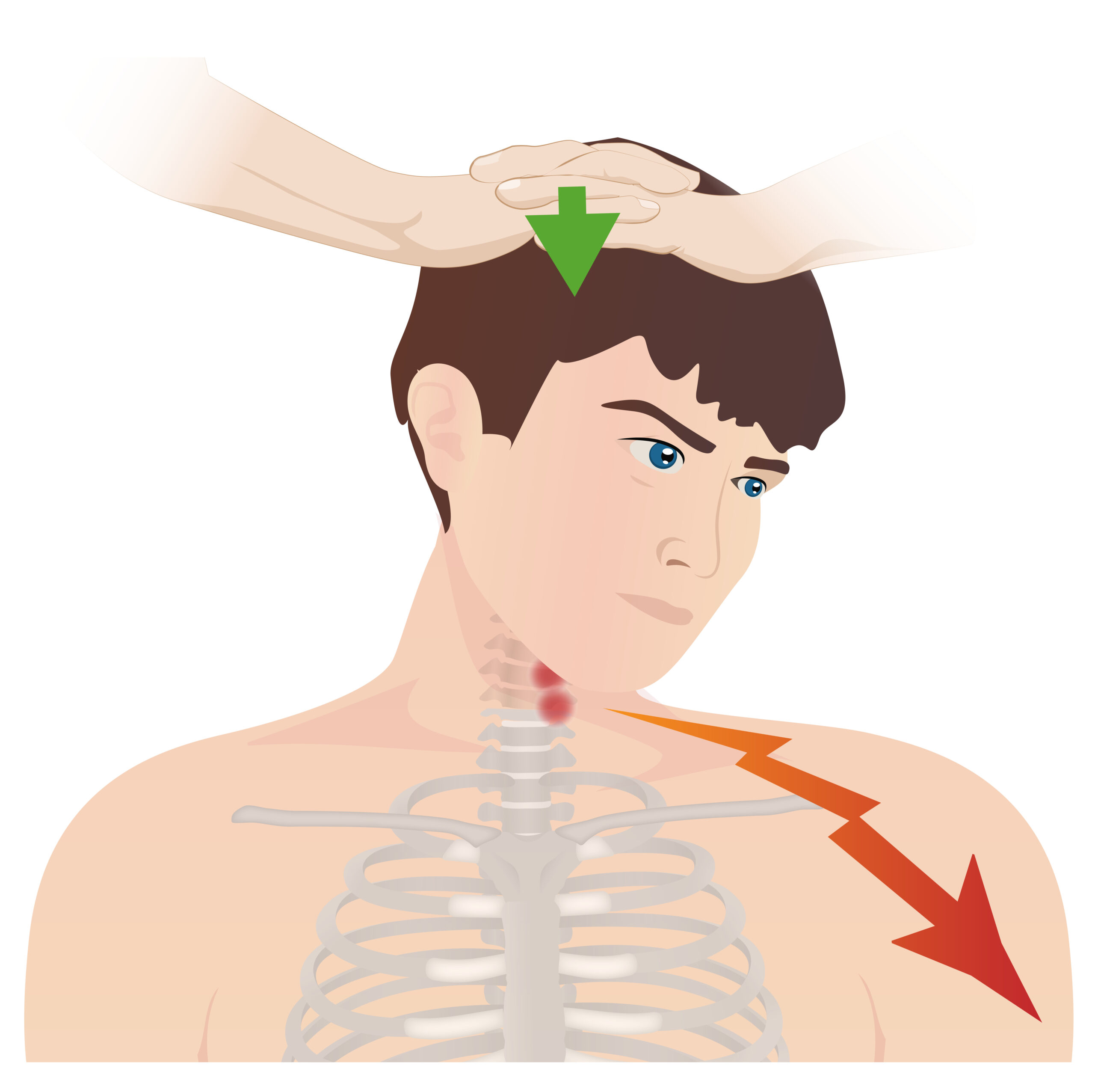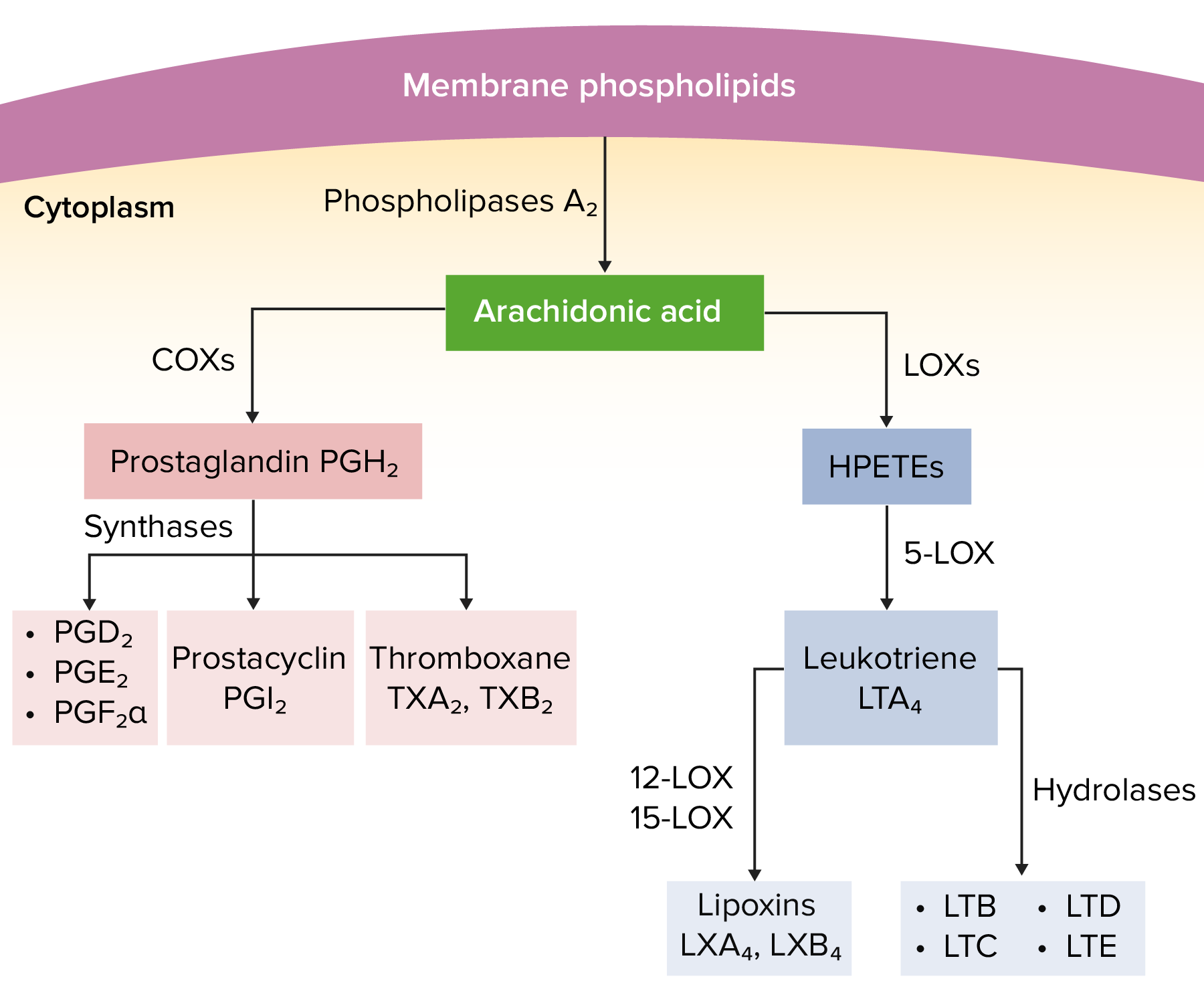Playlist
Show Playlist
Hide Playlist
Thoracic Outlet – Neck
-
Slides 26 Neck2 HeadNeckAnatomy.pdf
-
Download Lecture Overview
00:01 Now, we're going to finish the last subject area of this lecture and that is the thoracic outlet. 00:10 Anatomists actually described this as the thoracic inlet but clinically, the thoracic outlet will have the following boundaries. First is the manubrium. We see the manubrium right in through here. The boundary would be its superior limit that we see right around here. 00:34 The next structure that contributes to the boundary would be the first rib. This will be bilateral structures. So, if we follow the superior surface of the manubrium in either direction out here laterally, we see the first rib on this side and then the first rib on the opposite side contributing to the thoracic outlet. The last anatomic structure that contributes to the thoracic outlet is the first thoracic vertebra. We see that labelled right here. In this area of the thoracic outlet, we have scalene muscles. Anatomy is full of geometric configurations and so, here is yet another one. This is called the interscalene triangle. The interscalene triangle is going to be bounded anteriorly by the anterior scalene muscle that we see here attaching to the first rib inferiorly. Next muscle that contributes to the inner scalene triangle is your middle scalene. 01:47 We see the middle scalene here running posterior to the anterior scalene and also attaching to the first rib. The third boundary to this triangle as you might expect would be the base of the triangle and that is the inner or the first rib between the anterior scalene muscle and your middle scalene muscle. Within the interscalene triangle, we have some structural contents. Here, we see brachial plexus elements and more specifically, we're looking at the area of the inferior trunk of the brachial plexus. If we look on the opposite side, another content of the interscalene triangle is the subclavian artery. So, it will pass through this triangle between the anterior and middle scalene muscles. Now, we're going to identify another structural component here and that is the subclavian vein. As we look in the illustration here, we see the subclavian vein passing through the thoracic outlet. However, it will travel over the superior aspect of rib one but it out lies anterior to the anterior scalene muscle. 03:27 Consequently, the subclavian vein lies outside of the interscalene triangle, whereas the artery passes through the triangle.
About the Lecture
The lecture Thoracic Outlet – Neck by Craig Canby, PhD is from the course Head and Neck Anatomy with Dr. Canby.
Included Quiz Questions
Which of the following structures form the interscalene triangle of the neck?
- Anterior scalene, middle scalene, and first rib
- Middle scalene, posterior scalene, and first rib
- Anterior scalene, posterior scalene, and clavicle
- Anterior scalene, middle scalene, and clavicle
- Anterior scalene, middle scalene, and posterior scalene
Which of the following structures does NOT contribute to the boundaries of the thoracic outlet?
- Cervical vertebra C7
- Thoracic vertebra T1
- Left first rib
- Right first rib
- Manubrium
Customer reviews
5,0 of 5 stars
| 5 Stars |
|
1 |
| 4 Stars |
|
0 |
| 3 Stars |
|
0 |
| 2 Stars |
|
0 |
| 1 Star |
|
0 |
Rere and nice topic with a considerable difficulty which is lectured here with high accuracy and clarity





